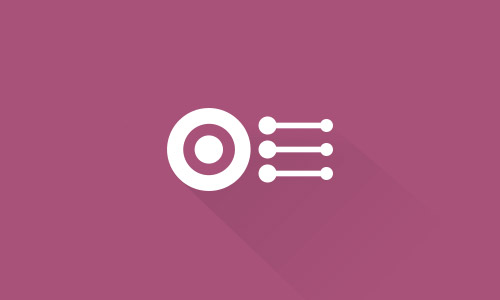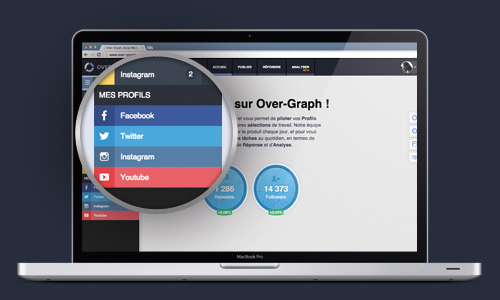Communication on social networks is not linear, it’s reciprocal. Communicating on social networks means accepting this logic for your exchanges with your communities: the posting of content and response to requests.
For a long time, communication theories have been linear: an emitter sends a message to a receiver. Add the channel and the noise and you get the famous Shannon-Weaver model (1949). If you mention the concepts of context and code, then we’re closer to Jackobson’s model (1973).
All of these linear models (and I haven’t mentioned all of them) lack a major dimension introduced by Wiener: feedback (or retroaction). The receiver is therefore no longer a simple consumer of information but a provider as well.
This theory of feedback can, of course, be applied to social networks. So, a message posted on Facebook can lead to reactions and responses from the community, which might in turn require responses from the page administrators. It’s therefore essential, when you are on a social network, to not just have a linear vision of communication and not just think about distributing content.
Making the choice to communicate on social networks means accepting this logic of feedback.
Over-Graph’s RESPOND tool
A Social Media Management solution such as Over-Graph would not be complete if it didn’t give you the ability to respond to responses sent by the usual recipients of your messages (fans, followers…).
Starting from there, we have developed and introduced the RESPOND tool. The purpose of this tool is to allow you to recover the exchanges from your communities (comments, tweets, mentions, responses…) and be able to respond to them - or, at least, be aware of them.
The exchanges that you can recover are strong interactions; we made the choice not to collect favorites and likes. The latter do not fall within the scope of a reciprocal communication framework.
These exchanges, the “feedback” from your communities, whether they result from posting some of your content or from personal initiative, can be one of two types: private or public, with less or more visibility respectively.
The two types of exchanges are recovered in Over-Graph separately. Indeed, you will respond differently to a tweet mentioning you than to a direct message. In the case of private exchanges, the messages will be more personal, and confidential information might also be exchanged.
After this teaser about the necessity of offering you a coherent response tool in the current spirit of reciprocal communication, we will be back very soon with articles on the features of our RESPOND tool.


